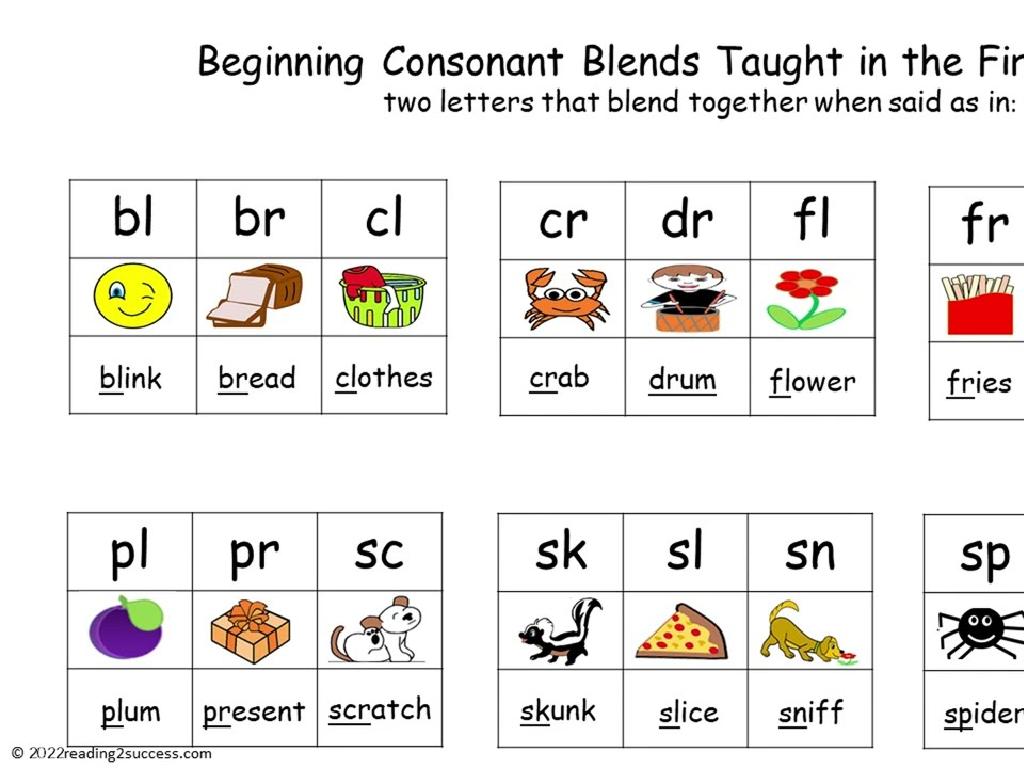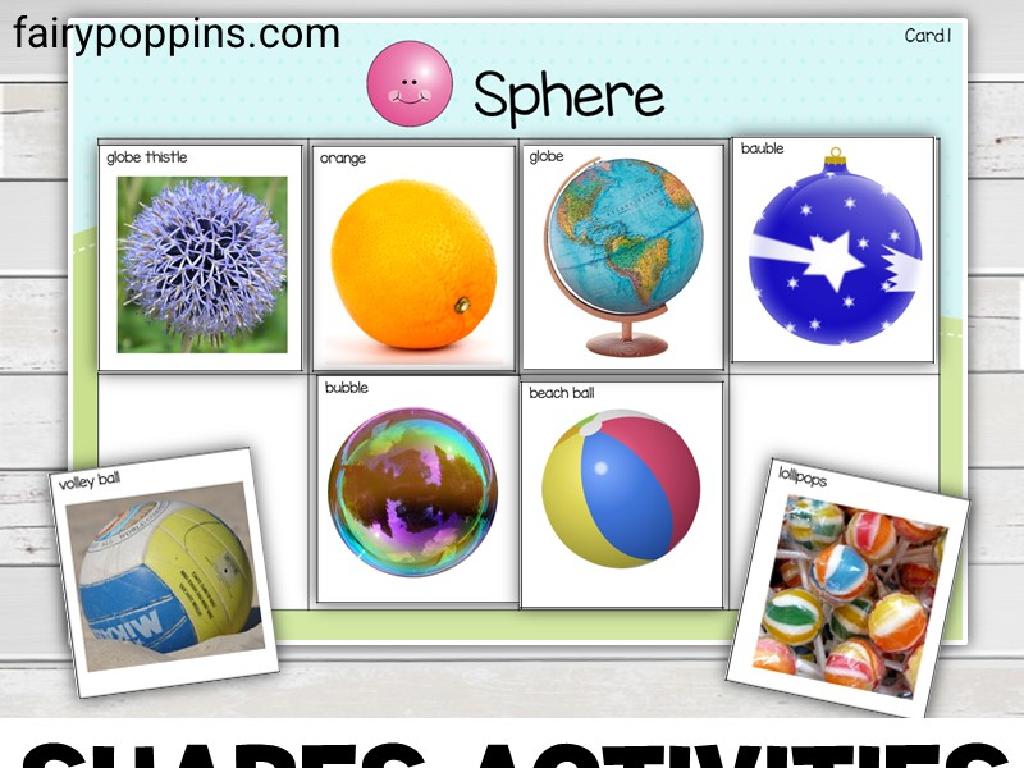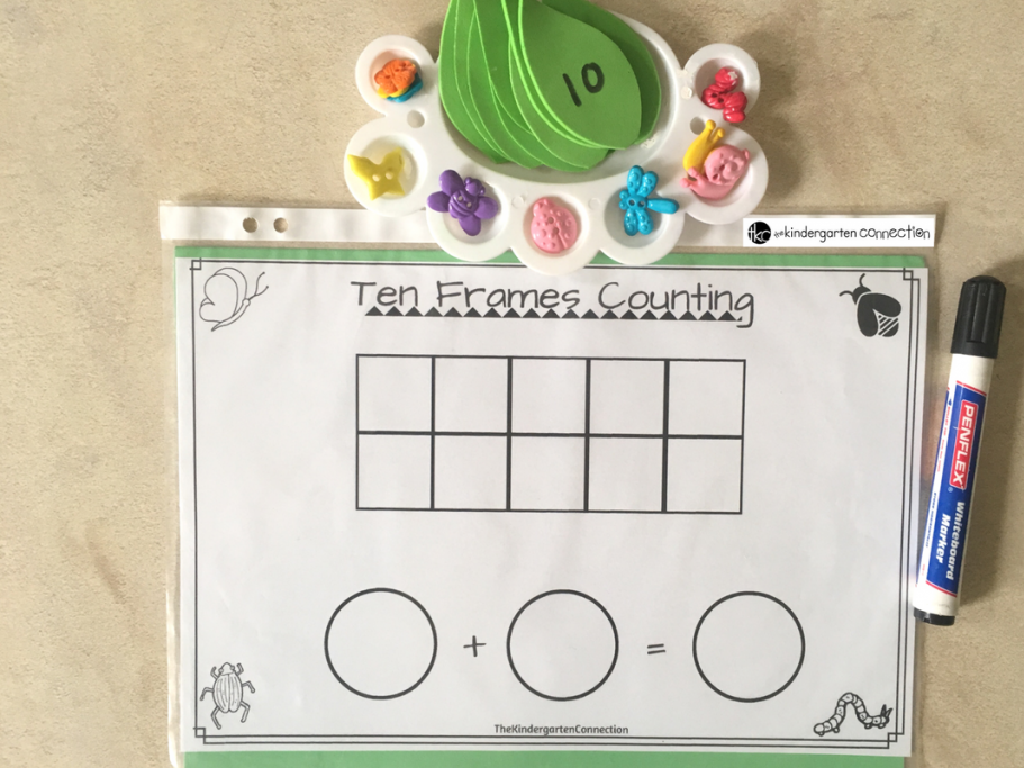Draw Inferences From A Text
Subject: Language arts
Grade: Fifth grade
Topic: Inference
Please LOG IN to download the presentation. Access is available to registered users only.
View More Content
Introduction to Inference
– What is an Inference?
– An educated guess based on evidence
– Clues to uncover hidden meanings
– Like detectives, we use text clues to infer
– Inference vs. Explicit Information
– Explicit is clear, inference requires thought
– Practice inferring in stories
|
This slide introduces the concept of inference in reading comprehension. Inference is a critical skill that allows students to read between the lines and understand what the author is implying without directly stating it. It’s like being a detective, where students use clues from the text to make educated guesses. They should understand the difference between explicit information, which is clearly stated, and inferred information, which requires piecing together clues to form a conclusion. Encourage students to practice this skill by reading passages and identifying what is directly stated versus what can be inferred. Provide examples and guide them through the process of making inferences to help them become more proficient readers.
Making Inferences in Stories
– ‘Read between the lines’ with text clues
– Use hints in the story to guess what’s not directly stated
– Everyday examples of inferring
– Guessing a gift from its shape or predicting weather from clouds
– Book cover inferences
– What does the cover art tell us about the story?
– Practice inferring skills
|
This slide introduces the concept of making inferences, a critical reading comprehension skill. Start by explaining how readers can use clues within the text to understand ideas that the author doesn’t state outright. Provide relatable examples of inference in daily life, such as deducing someone’s feelings by their facial expressions. For the practice activity, show a variety of book covers and ask students to infer the genre, plot, or character traits from the images and titles they see. This will help them realize how often they make inferences in real life and how this skill applies to reading. Encourage discussion and have students explain their reasoning to foster deeper understanding.
Clues in the Text: Making Inferences
– Understanding inference clues
– Words and phrases in text hint at meanings
– Context shapes meaning
– Surrounding words give clues to unknown words
– Activity: Find the clues
– Read paragraph and highlight inference clues
|
This slide introduces the concept of using clues within a text to draw inferences, which is a critical reading comprehension skill. Students should understand that they can use words and phrases as clues to infer meaning, especially when encountering unfamiliar terms. Emphasize the importance of context, as it can change how we interpret words. The activity involves reading a sample paragraph and identifying words or phrases that provide clues to the meaning of the text. For the teacher: Prepare a paragraph with rich descriptive language and have students highlight or list the words that helped them understand the text. Discuss as a class and provide guidance on how to use context to infer meaning.
Inference in Action: Understanding Characters
– Read a story as a class
– Discuss clues in the text
– What hints do the words give us?
– Group activity on characters’ feelings
– Why might the character feel this way?
– Share inferences with the class
– Explain your group’s thoughts
|
Begin by reading a short story together, ensuring that students are engaged and following along. After reading, initiate a discussion about the clues that the author provides in the text. These could be words, phrases, or actions that give hints about the plot or characters. Break the class into small groups and assign them the task of making inferences about the characters’ feelings based on the clues discussed. Each group should consider why the character might feel a certain way and use evidence from the text to support their inferences. Finally, have each group share their inferences with the class, fostering a collaborative learning environment. This activity will help students practice drawing conclusions from limited information and understanding the emotional landscape of a story.
Practice with Pictures: Making Inferences
– Observe the images carefully
– Discuss with a partner what you see
– Think about what’s happening and why
– Share your thoughts with the class
– Each pair presents their inference to the class
– Understand the story behind the picture
– What can the picture be telling us without words?
|
This slide is designed to engage students in the practice of making inferences using visual cues from images. Students should first look at the images individually and take note of any details that stand out. Then, they will pair up with a classmate to discuss their observations and what they think is happening in the picture. After the discussion, each pair will have the opportunity to share their inferences with the whole class. This activity helps students understand that inferences are educated guesses based on evidence and reasoning, and it’s a skill that can be applied to both images and texts. As a teacher, facilitate the discussion by asking probing questions to help students delve deeper into their inferences. Provide guidance on how to interpret visual information and connect it to their own experiences or prior knowledge.
Applying Inference Skills
– Importance of inference skills
– Helps understand texts without explicit info
– Inference across subjects
– Use in science to hypothesize, in history to understand events
– Inference in everyday life
– Guessing a gift from a wrapped box, predicting story endings
|
Inference skills are crucial for students as they allow them to read between the lines and understand the text beyond the literal meaning. This skill is not only useful in Language Arts but also extends to other subjects such as Science, where students hypothesize based on given data, or History, where they deduce the causes and effects of historical events. In daily life, inference helps in understanding social cues and making predictions based on observations. Encourage students to share instances where they have used inference in their lives or other subjects. This will help them see the value of inference skills in a broader context and how it aids in critical thinking and problem-solving.
Class Activity: Inference Charades
– Act out a scenario silently
– Classmates guess the context
– Discuss the clues used
– Look for gestures, expressions, and actions
– Reflect on the inference process
– How did context clues help you guess?
|
This activity is designed to help students understand the concept of inference by using non-verbal communication. Students will take turns acting out a scenario or emotion without using words, while their classmates try to infer what is being portrayed. After each performance, have a discussion about the clues that led to the correct inference. Encourage students to think about body language, facial expressions, and the actions they observed that helped them understand the scenario. This will help them relate the activity to inferring meaning from text, where they use context clues to ‘read between the lines.’ Prepare a list of scenarios or emotions in advance that students can draw from a hat. Make sure to have a variety of situations so that students can engage with different types of inferences.
Wrapping Up: Drawing Inferences
– Recap: How to infer from text
– Remember to look for clues in the text and think about what you already know.
– Review: Today’s key inference points
– We covered clues, background knowledge, and ‘reading between the lines.’
– Q&A session on inferences
– Think about questions you have or what you found interesting.
– Reflect on what we’ve learned
|
As we conclude today’s lesson, it’s important to revisit the concept of making inferences. Remind students that inferring involves using textual clues and their own knowledge to ‘read between the lines.’ Review the key points discussed, such as identifying clues in the text, using background knowledge, and asking questions about the text. Encourage students to ask questions about any part of the lesson they found challenging or intriguing. This Q&A session will not only assess their understanding but also reinforce their learning. Finally, ask students to reflect on what they’ve learned about making inferences and how they can apply this skill to better understand future texts they read.






